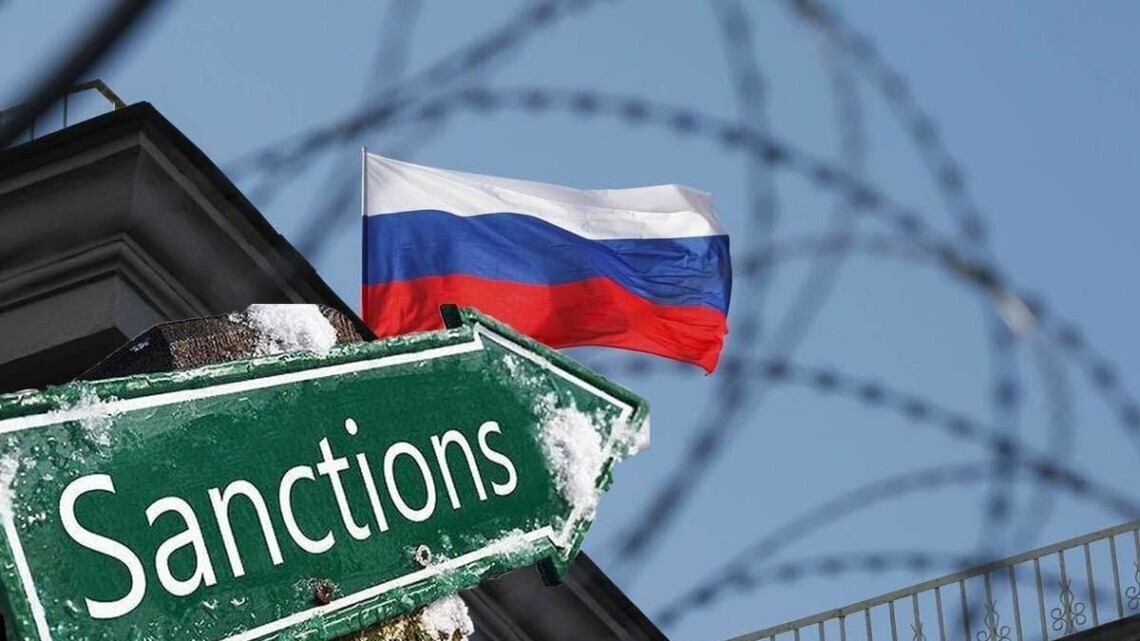In 2022, Tajikistan’s external debt reached 3.3 billion USD, from which around 2 billion USD has to be repaid to the Chinese Export-Import Bank. Even though the size of the loans is incredibly disproportionate to the size of the economy (the GDP of Tajikistan is 8.7 billion USD), the Tajik government has been claiming that without these loans, the implementation of development projects essential for the modernisation of the country’s economy would be impossible. However, although these loans are the main source of funding for significant infrastructure and energy projects, they seem to store certain security risks for recipient countries.
The rate at which money is being repaid by Dushanbe remained particularly low last year, and Tajikistan only managed to pay back 65.2 million USD to Beijing. Thus, low- and middle-income economic, such as Tajikistan, for whom these loans are essential, but who are often unable to pay them back, might face serious consequences. Hence, the Tajik government had to take alternative steps which have somewhat undermined the country’s sovereignty and territorial integrity. As a consequence of the inability to pay China back, in 2011, Tajikistan handed over 1,158 square kilometres of territory – in the remote Pamir mountain range – to China in exchange for writing off the country’s already mounting debt. Then, in 2017, Tajikistan allowed Beijing to secretly open a military base on its territory. A decade later, almost nothing has changed. In 2019, struggling to pay off the costly construction of the TETs-2 power plant in Dushanbe, Tajikistan had to allow Beijing to gain control of its gold mines. China’s attempt to take advantage of states’ inability to repay debts has led many policy analysts to point out that Chinese loans lead countries into a “debt trap”. While it is considered that Chinese loans come with “no political strings attached”, Tajikistan is a good example that this might not be the case.
China is often criticised for using investment loans in a predatory manner – finding payment alternatives when countries are short of money to pay back loans, in order to gain political influence. Some scholars have referred to the practice as a new version of colonialism, as countries which cannot afford to pay back their excessive loans to Beijing have to look for other methods of payment. Due to this practice, it is widely considered that China engages in “debt-trap diplomacy” through the Belt and Road Initiative (BRI), ensnaring developing countries with debt dependence and then translating that reliance into geopolitical influence. For more than a decade, the Tajik government has seen the BRI as a lifeline for its stumbling economy and poor infrastructure. Skyrocketing debts made Dushanbe highly vulnerable to debt distress, which has given China strong leverage over Tajikistan, allowing it to increase its security presence in the country.
China has a great deal of interest in deepening its leverage over Tajikistan, as the Central Asian country is situated in a region that is envisioned as a transit hub for the BRI project. First and foremost, Tajikistan is geoeconomically essential for the implementation of the BRI project. Besides, as part of the Shanghai Cooperation Organization (SCO), the country is a vital geostrategic partner for China in combating the “three evils” of terrorism, separatism, and religious extremism. The country’s proximity to the Xinjiang, a region inhabited by the Muslim Uyghur minority, makes it geopolitically significant. The Chinese government is highly concerned that the country could be a transit state for Muslim Uyghur militants wanting to attack China.
Tajikistan remains one of the poorest states in Asia, as well as the former Soviet space. In 2017, China became Tajikistan’s primary source of foreign investment. Nevertheless, while it has been a partial remedy for Dushanbe’s stumbling economy, it has, at the same time, posed a threat to the country’s territorial integrity. Tajikistan had to cede pieces of its sovereignty to Beijing. Considering Tajikistan’s rate of debt repayment, China is certainly in a position to further erode Tajikistan’s territorial integrity, taking a greater role in border security, conducting joint raids on Uyghurs living in the country, and winning more exploration rights for mines there. In 2021, Dushanbe only managed to pay off 65.2 million USD to Beijing, which is only 4 per cent of its current debt to China. The question that arises perennially is how much Tajikistan will be prepared to give away as it continues struggling to settle all its liabilities.
Strinkingly, until 2011, the territory of Tajikistan was 143,1 thousand square km, by 2021, the territory of the republic had shrunk to 141,4 thousand square km. In 2011, the Tajik government gave up 1100 sq. km, it seems that subsequent changes in the territory also occurred in 2017, with much less publicity. According to the data of the Agency on Statistics under the President of the Republic of Tajikistan, the country’s territory decreased again, this time by 600 sq. km. Thus, over 30 years, Tajikistan has lost a total of 1,700 square kilometres. While it is unclear what country the land was given to, it has been suggested that the territory was obtained by China due to the unrepaid expensive loans.
Considering Dushanbe’s overdependency on Chinese investment loans, the pattern of handing over territorial integrity to Chinese interests may continue. The case of Tajikistan shows the existence of the Chinese debt-trap diplomacy and leads to real concerns about Beijing’s true political intentions behind the BRI. Low-income developing states in Central Asia and Eastern Europe that are economically unstable and at the same time remain enthusiastic about the Chinese initiative could find themselves in the same situation. After all, Tajikistan is not the only example. Montenegro, one of the presumed front-runners of the EU accession process, has faced a similar financial predicament, seeing the EU’s financial aid help to refinance Montenegro’s 1 billion USD debt to China. In a different scenario, it is hard to tell what Montenegro’s alternative to paying off the debt might have been.












